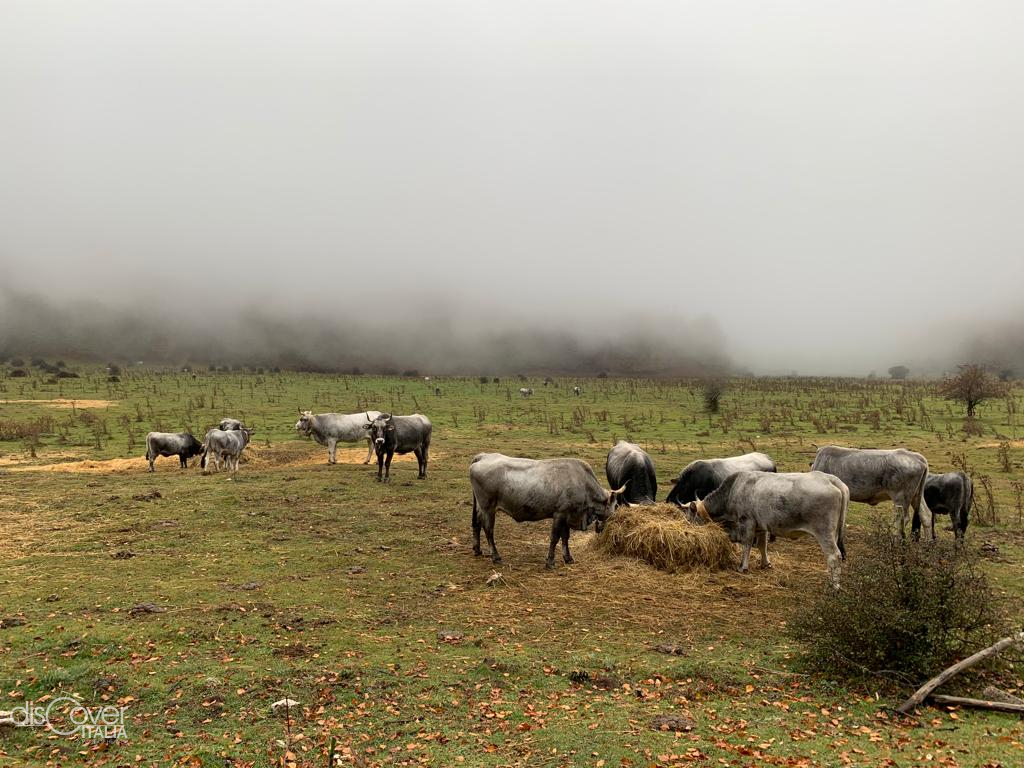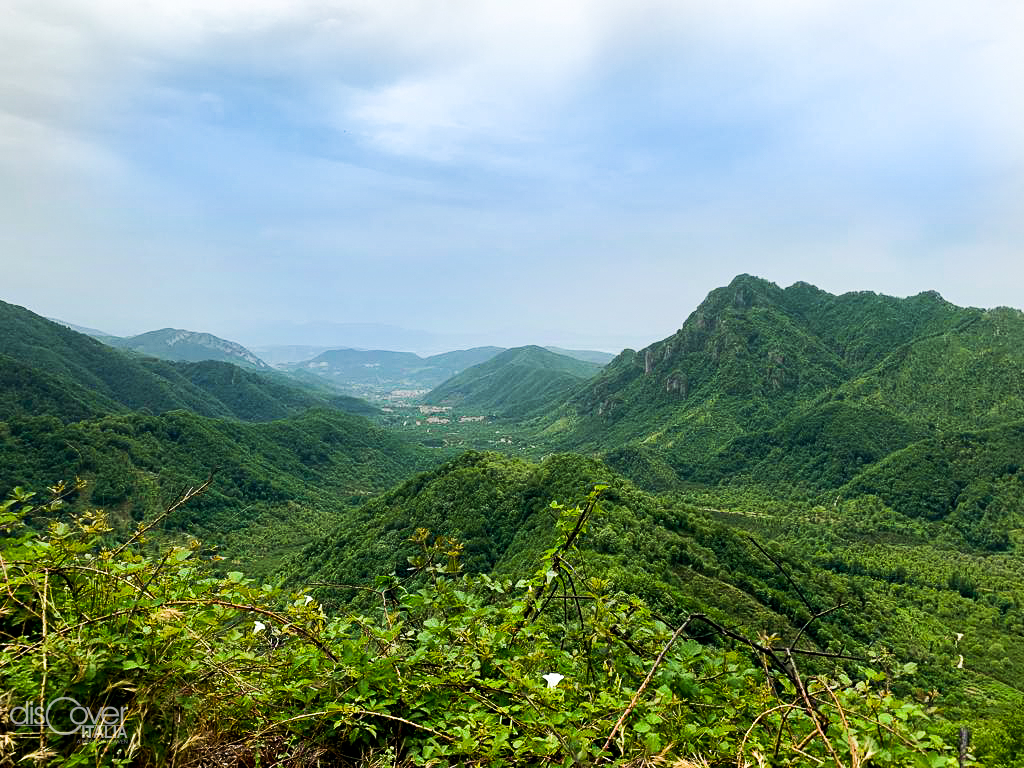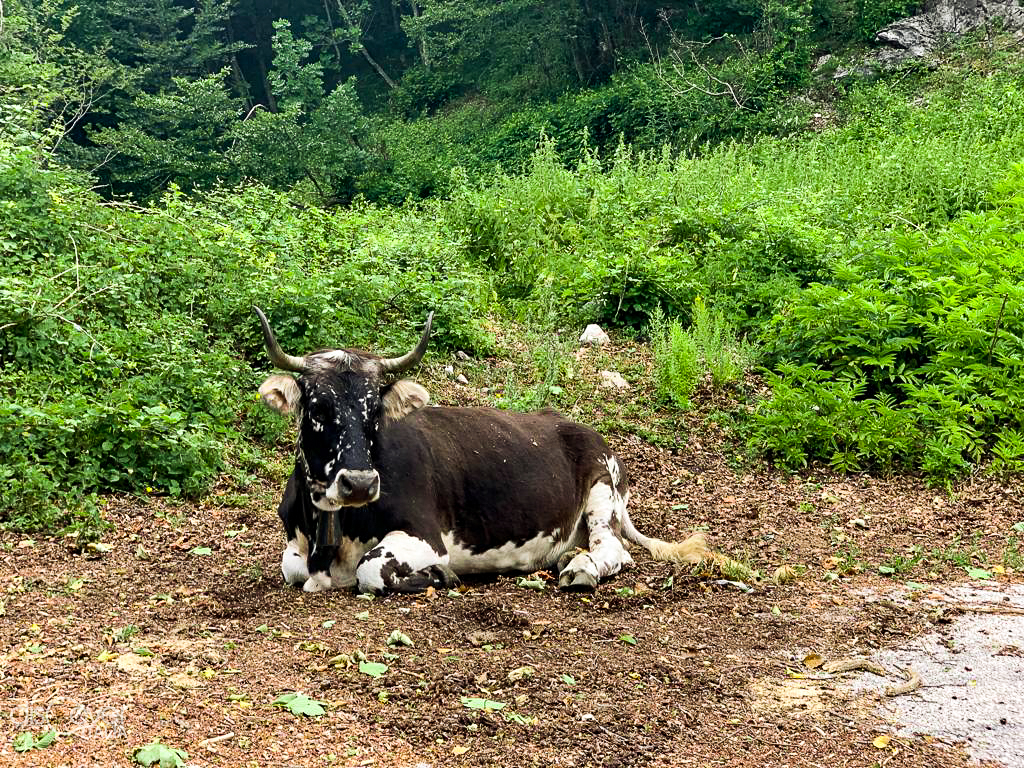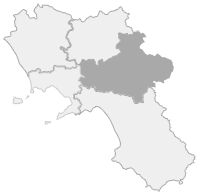An extraordinary, precious, water reserve. Made possible by the calcareous nature of the rock the helped the absorption and accumulation of rainwater, feeding rivers and streams announcing an exuberant and luxuriant vegetation.

The Picentini Mountains are a hymn to Mother Nature which, due to these characteristics, have been under the protection of a regional park covering over 62 thousand hectares since 1993. With the precise goal of protecting the largest water basin in the South.
In the park that includes thirty municipalities of the provinces of Avellino and Salerno, many rivers like Sele, Calore, Ofanto, Sabato, Picentino, Tusciano and Solforano are born, flowing there for a good part of their route, with all their streams. Their waters, since Roman times, have fed the aqueducts serving Irpinia and Salerno, Naples and its entire surrounding, and on the opposite side, Puglia.
Besides the rivers and the richness in water, the Park also safeguards the other distinctive element of its territory, the limestone-dolomitic ridge that constitutes the Picentini Mountains and reaches its maximum height with the 1809 meters of Monte Cervialto, a true naturalistic paradise, like every other peak of the chain: Terminio, Falascosa, Raiamagra, Calvello, Polveracchio, Nai, Raia, Monna and Costa Caldo. Their sides are covered with dense forests of oak, beech and chestnut. Much of the chestnut production of Campania is concentrated in this park, with the excellences of Serino and Montella. And between 800 and 1600 meters there are also woods of the now very rare Black Pine (Pinus nigra).
The rich vegetation offers ideal living conditions for many species of mammals, birds, rodents and reptiles. And it has partially reconquered the spaces that in ancient times also occupied the gray wolf (Canis lupus), the totemic animal of the Samnite tribe in Irpinia.

The presence of numerous and remarkable traces of human settlements and the various civilizations that followed one another over the centuries, are completing the picture of the peculiarities making Picentini a unicum of great environmental and historical value.

An incredible example of the intertwining of natural beauty and human creativity can be found on Mount Rainone, in the cave of S. Michael Archangel in Olevano, that houses a sacred complex with 11th-12th century frescoes. Other caves to discover are those of Caliendo in Bagnoli Irpino, Dragone in Volturara Irpina and Strazzatrippa and Angeli in Acerno.
Two naturalistic oases managed by the WWF are also socketed in the regional park: the Natural Oasis Valley of the Hunt on the south-eastern side of the Picentini and the Natural Oasis Mount Polveracchio.
The following municipalities are part of the park territory: Acerno, Bagnoli Irpino, Calvanico, Calabritto, Campagna, Caposele, Castelvetere sul Calore, Castiglione del Genovesi, Chiusano di San Domenico, Eboli, Fisciano, Giffoni Sei Casali, Giffoni Valle Piana, Lioni, Montecorvino Rovella, Montella, Montemarano, Montoro, Nusco, Olevano sul Tusciano, Oliveto Citra, San Cipriano Picentino, San Mango Piemonte, Santa Lucia di Serino, Santo Stefano del Sole, Senerchia, Serino, Solofra, Sorbo, Serpico and Volturara Irpina.




Comments powered by CComment